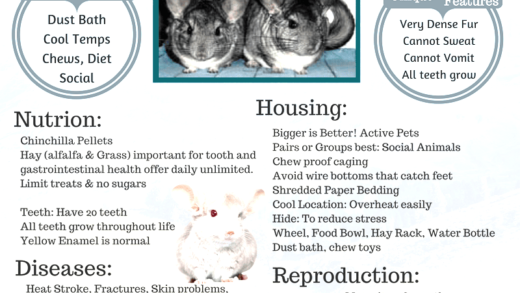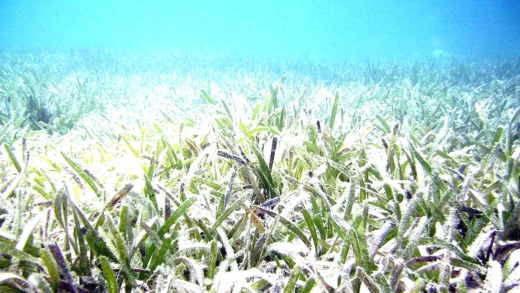This article explores the dangers of wasps, detailing the risks associated with their stings and venom. It explains how to handle a wasp sting effectively, outlines first aid measures, discusses potential long-term effects, and debunks common myths about wasps, ultimately aiming to educate readers on safety and awareness.
The Most Dangerous Wasps
Dangerous wasps can pose serious risks to humans, especially if provoked. Some of the most notorious species include the Yellow Jacket, Bald-Faced Hornet, and Paper Wasp. These wasps are known for their aggressive behavior and potent stings.
Yellow Jackets are particularly infamous for their territorial nature. They can sting multiple times, unlike bees, which leave their stinger behind. This makes them a significant threat, especially when their nests are disturbed. Bald-Faced Hornets, with their distinct black and white coloration, are also very aggressive and will defend their nests vigorously.
Understanding the risks associated with these wasps is crucial. Allergic reactions to wasp stings can range from mild to life-threatening, making it essential to recognize and avoid these insects whenever possible.
Wasp Sting vs Bee Sting
The differences between a wasp sting and a bee sting are significant. A wasp sting is generally more painful due to its ability to inject venom multiple times. In contrast, a bee can only sting once and then dies. The venom composition also differs; wasp venom contains a mix of toxins that can cause more severe reactions in some people.
Symptoms of a wasp sting often include intense pain, swelling, and redness, while a bee sting might lead to similar but often less severe reactions. Understanding these differences can help individuals prepare and respond more effectively to stings.
Types of Wasp Venom
Wasp venom varies among species, impacting the severity of the sting. Common types include Proteins, Enzymes, and Peptides. These components can cause pain, inflammation, and even allergic reactions.
For instance, the venom of a Yellow Jacket is designed to cause immediate pain and distress, while Paper Wasps have venom that can lead to prolonged allergic reactions. Learning about these venoms is essential for understanding potential health risks.
How Many Times Can a Wasp Sting?
Wasps can sting multiple times, which significantly increases the danger they pose. Unlike bees, which can only sting once, wasps have a smooth stinger that allows them to inject venom repeatedly. This means that a single wasp can deliver numerous stings if threatened, leading to increased pain and potential allergic reactions.
Being aware of this behavior is vital for anyone who spends time outdoors. Avoiding nests and knowing how to react if approached can reduce the risk of multiple stings.
Symptoms of a Wasp Sting
After a wasp sting, it’s crucial to recognize the symptoms. Common signs include:
- Sharp pain at the sting site
- Redness and swelling
- Itching or rash
- Severe allergic reactions, such as difficulty breathing
These symptoms can escalate quickly, especially in allergic individuals. Knowing what to look for can help ensure prompt treatment if stung.
Other Stinging Insects to Avoid
While dangerous wasps pose a significant threat, other stinging insects can also cause harm. Notably, bees, hornets, and fire ants are among the most common culprits. Each of these insects can deliver painful stings and potentially lead to allergic reactions.
- Bees: Honeybees and bumblebees can sting, but they usually do so only when threatened. Their stings can be painful, especially for those allergic to bee venom.
- Hornets: Similar to wasps, hornets are aggressive and can sting multiple times. Their venom is potent, causing severe pain and swelling.
- Fire Ants: These insects are notorious for their painful stings, which can lead to burning sensations and, in some cases, allergic reactions.
Identifying these other stinging insects is crucial for avoiding painful encounters. When outdoors, it’s best to stay alert and avoid areas where these insects are known to nest.
Wasp Habitats
Understanding wasp habitats is essential for avoiding encounters. Dangerous wasps thrive in various environments, often building nests in areas close to human activity. Common habitats include:
- Trees and shrubs: Many wasps construct their nests in dense foliage, making them difficult to spot.
- Attics and eaves: Wasps often choose sheltered locations near human structures for nesting.
- Underground: Some species, like yellow jackets, build nests underground, posing hidden dangers.
Knowing where these wasps live can help you avoid them. It’s wise to inspect outdoor areas before engaging in activities that might disturb their habitats.
How to Protect from Wasps
Protecting yourself from dangerous wasps involves proactive measures. Here are some effective tips to minimize the risk of encounters:
- Avoid sweet foods: Wasps are attracted to sugary substances. Keep food and drinks covered while outdoors.
- Wear protective clothing: Light-colored clothing can help reduce attraction, as wasps are drawn to dark colors.
- Seal entry points: Ensure that your home is free from openings where wasps can enter and build nests.
- Use repellents: Certain sprays can deter wasps from your surroundings, providing a barrier against them.
Implementing these preventive measures can significantly reduce your chances of being stung by wasps and other stinging insects.
What to Do After a Wasp Sting
Experiencing a wasp sting can be alarming, especially if you’re unaware of the immediate steps to take. The first thing to remember is to stay calm. Panic can exacerbate the situation. Here’s what to do:
- Remove the stinger: Unlike bees, wasps do not leave their stinger behind, but if you see one, remove it quickly to prevent further venom release.
- Wash the area: Clean the sting site with soap and water to prevent infection.
- Apply a cold pack: Use ice wrapped in a cloth to reduce swelling and numb the pain. Apply it for 10-15 minutes.
- Take pain relief: Over-the-counter medications like ibuprofen or acetaminophen can help manage pain.
- Monitor symptoms: Watch for signs of allergic reactions, such as difficulty breathing or swelling beyond the sting site. If these occur, seek medical help immediately.
Knowing how to handle a sting effectively can make a significant difference, especially for those who may be allergic to wasp venom.
First Aid for Wasp Stings
First aid for wasp stings is crucial to minimize discomfort and prevent complications. Here’s a basic guide:
- Clean the sting area: Use soap and water to wash the site thoroughly.
- Apply a cold compress: This helps reduce swelling and numbs the pain. Do this for 10-15 minutes at a time.
- Use antihistamines: Over-the-counter antihistamines can help alleviate itching and swelling.
- Monitor for allergic reactions: Keep an eye out for severe symptoms like hives, difficulty breathing, or swelling of the face and throat.
- Seek medical attention if necessary: If symptoms worsen or if you know you are allergic, go to the nearest hospital or call for emergency help.
Understanding these first aid measures can empower you to respond promptly and effectively to a wasp sting.
Long-term Effects of Wasp Stings
While most wasp stings heal without complications, some individuals may experience long-term effects. These can include:
- Allergic reactions: Some people may develop allergies to wasp venom, which could lead to more severe reactions in future stings.
- Chronic pain: In rare cases, individuals report prolonged pain at the sting site even after it has healed.
- Infection: If not treated properly, a sting site can become infected, leading to further complications.
Being informed about potential long-term effects helps you understand when to seek medical advice and how to manage your health after a sting.
Myths About Wasps
There are many myths surrounding wasps that can lead to unnecessary fear. Here are a few common misconceptions:
- All wasps are aggressive: Not all wasps are aggressive; many are beneficial and pollinate plants.
- Wasp stings are always fatal: While allergic reactions can be serious, most stings are not life-threatening.
- Wasps only sting in the fall: Wasps can sting any time they feel threatened, not just in the fall.
Clarifying these misunderstandings can reduce fear and encourage safer interactions with these insects.





Comments are closed.